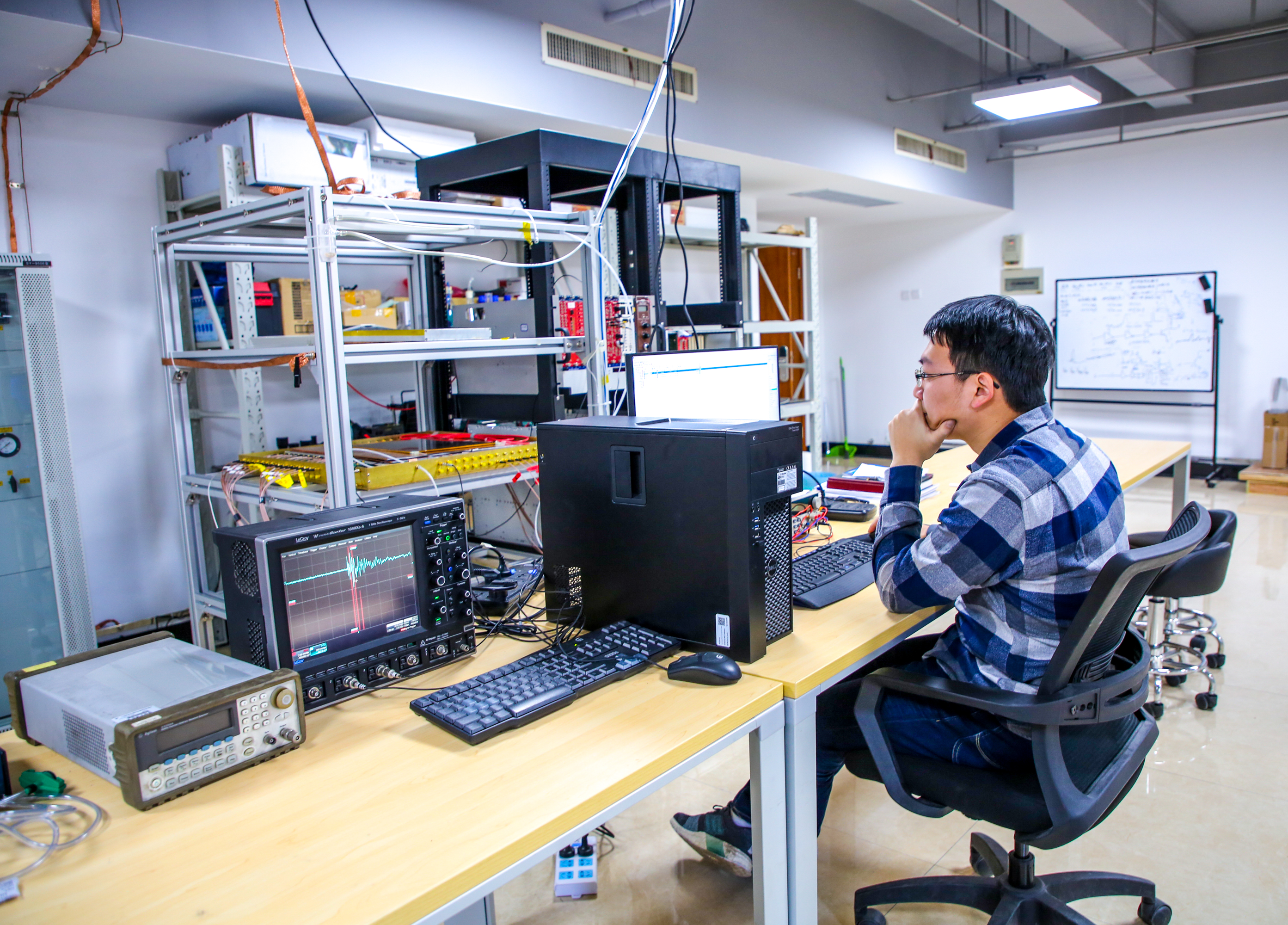Study
From the student's point of view
USTC PhD student Xiangyu Xie from Modern Physics Department tells about his current project.

Let’s start with a more general question. Why do you choose USTC and particular
detector physics?
Well, this university has a very high ranking in China that is why I had chosen it. As for the detector physics, it is mostly coincidence. I used to major in microelectronics, but there was a delay in finding a tutor for me in this area when my roommate recommended me to contact professor Zhengguo Zhao, who accepted my application shortly. He proposed a project for my future work which was a bit different from microelectronics, but I decided to have a try. I was also excited to work on some topic related to LHC which is the largest collider in the world.So currently you are working on building a detector for the future upgrade in ATLAS? Could you please tell some details about this project?
Yes, USTC will be strongly involved in the Phase 2 upgrade of the ATLAS detector. Our university is responsible for production and tests of the new version of Resistive Plate chambers, used in Muon Spectrometer for triggering events with muons. Factory, which will finally produce these chambers is situated not far from USTC. Most likely we will buy raw materials from these factories. Here in campus, we have a laboratory for construction of the prototype and initial tests. I am now involved on many levels: construction, detector running (we use cosmic muons for tests) and data analysis from the detector. So sometimes I writing code, sometimes do hardware related work. I also frequently do reports about my progress in dedicated meetings. Recently I was in CERN and had the opportunity to work together with experts, who are based there and maintains the current RPC detector in ATLAS.What do you think was the main result of your trip to CERN?
One important result is of course learning, especially handwork with RPC. There were many colleagues from Italy who share their experience with me. Another important point that I started my qualification project for ATLAS collaboration, which will potentially give me in 1 year a possibility to become an author of ATLAS papers. This was a very productive period for me, I learned a lot of useful tricks, especially in coding. During my annual report on USTC workshop, I included some of the results I obtained in CERN.Could you please briefly summaries these results?
One part of my talk was about the simulation work for RPC, which I was doing since mid of 2017. I was simulating the signal propagation in RPC detector. Then, of course, I reported about the progress in setting up this laboratory, developing software for detector operation and signals analysis. These steps are very important if one wants to study detector performance.Let’s speak a bit more about the laboratory. How many students are now working in this laboratory? What are the plans?
We started with this laboratory about 1 year ago. It will be soon the first anniversary (laughing). So before June 2018, there were 3 students and one technician, then one more postdoc joined us. As for the plans, my colleagues are developing now a new readout method and we are planning to test it in income several months. All our works here are very important to demonstrate USTC ability to fulfill commitments for Phase 2 upgrade in ATLAS.